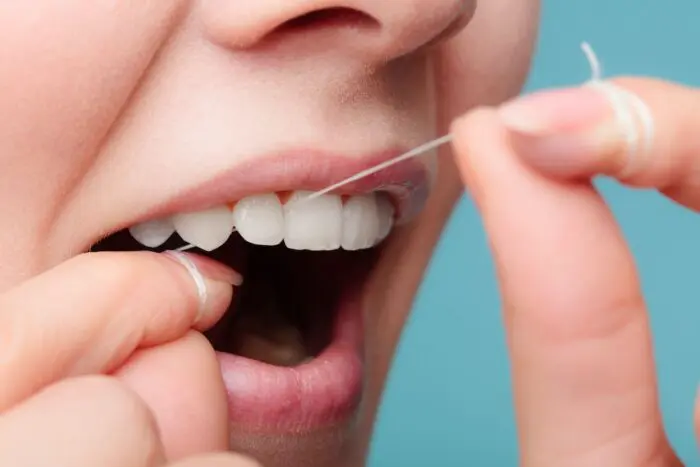When it comes to maintaining a healthy smile, brushing alone isn’t enough. There is a common misconception that brushing your teeth is the only important oral health step. However, this is wrong. Flossing is just as vital as brushing your teeth. This step helps remove plaque and food particles from areas that your toothbrush can’t reach. Without flossing, you can increase your chances of many dental issues, including cavities and gum disease.
Additionally, many people don’t know how or when to floss. You can boost your oral hygiene if you understand this vital step.

When is the Right Time to Floss?
Before or After Brushing: The timing of flossing is a matter of what you prefer. Some people prefer to floss before brushing. However, others find it more comfortable to floss afterward. The important thing is to establish a consistent routine and ensure that you floss at least once a day.
Find Your Preference: Flossing before brushing can loosen debris and plaque. This can make it easier for the bristles of your toothbrush to clean thoroughly. On the other hand, flossing after brushing helps remove any dislodged particles, leaving your mouth feeling fresh and clean. Experiment with both approaches and choose what works best for you.
Proper Technique for Effective Flossing
Choose the Right Floss: There are various types of dental floss available, including waxed, unwaxed, flavored, and floss picks. Select a floss that suits your preference and fits comfortably between your teeth. If you have tight spaces or braces, consider using waxed floss or floss picks designed for those specific needs.
Get the Right Length: Cut off a piece of floss that is around 18-24 inches long. This allows you to have a fresh section of floss for each tooth.
Wind the Floss: Wrap the ends of the floss around your middle fingers, leaving a few inches of floss between them. Use your thumbs and index fingers to guide the floss.
Slide and Glide: Gently slide the floss between your teeth using a back-and-forth sawing motion. Be cautious not to snap the floss against your gums, as it can cause irritation.
C-Shape Around the Tooth: Curve it into a C-shape around one tooth as the floss reaches the gumline. Gently glide the floss up and down against the side of the tooth, making sure to reach below the gumline. Repeat this motion on the adjacent tooth.
Fresh Floss for Each Tooth: After cleaning the first tooth, unwind a fresh section of floss from your fingers. Repeat the process for each tooth, ensuring you clean both sides of every tooth and along the gumline.
Don’t Forget the Back Teeth: Many people tend to neglect to floss the back of their teeth, but cleaning these areas is also essential. Use the same C-shape technique and thoroughly floss the back of your last molars.
Rinse and Repeat: After flossing, rinse your mouth with water or an antimicrobial mouthwash to remove any loosened debris and refresh your mouth.
